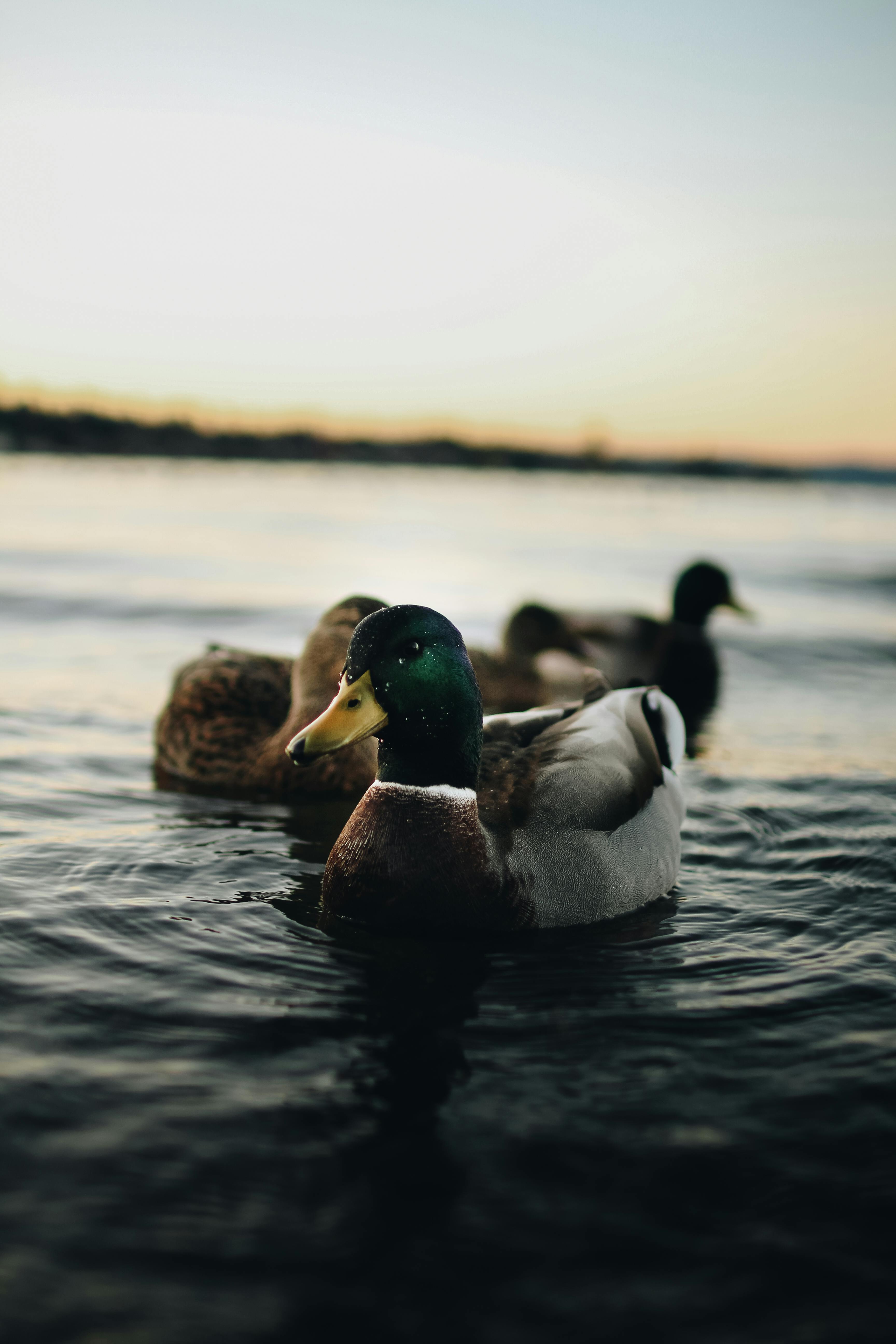
Mallard ducks are a common and adaptable species, and they are a familiar sight in and around Pittsburgh's waterways. Here's a look at their presence and characteristics in the region:
Abundance and Habitat: Mallards are the most common duck in the Northeast U.S., including Pennsylvania. They are highly adaptable and thrive in a variety of habitats, from wild wetlands and rivers to urban and suburban ponds, lakes, and even swimming pools. In the Pittsburgh area, you can find them in places like the Allegheny, Monongahela, and Ohio Rivers, as well as local parks, ponds, and streams.
Diet: Mallards are omnivores, meaning they eat both plant and animal matter. In the wild, their diet includes:
Plant-based foods: Seeds, roots, and stems of aquatic plants, as well as grains from agricultural fields.
Animal-based foods: Aquatic insects, snails, worms, crustaceans, and small fish.
Urban Diet: In areas like city parks, they have become accustomed to human handouts. While it's a common practice, feeding ducks bread is discouraged as it lacks nutritional value and can lead to health problems. Healthier alternatives include cracked corn, oats, or chopped vegetables.
Behavior and Breeding: Mallards are "dabbling" ducks, which means they feed by tipping their bodies head-down in shallow water rather than diving completely. They are known for their distinct calls, with the female producing the familiar "quack" and the male making a quieter, rasping sound.
They form pairs in the fall and winter, and the female chooses a nest site, often on the ground near water, concealed by vegetation.
After the ducklings hatch, the female leads them to the water, and they are able to swim and feed themselves almost immediately.
Mallards are known for their ability to hybridize with other duck species, including the closely related American black duck, which is a factor in the decline of the black duck population.
Population Status: While historically abundant, the mallard population in the Atlantic Flyway (which includes Pennsylvania) has been in decline for several years. This has led the Pennsylvania Game Commission to take conservation measures, such as reducing hunting bag limits, to help stabilize the population. Despite this decline, they remain a very common and widespread species in the Pittsburgh area and across the state.